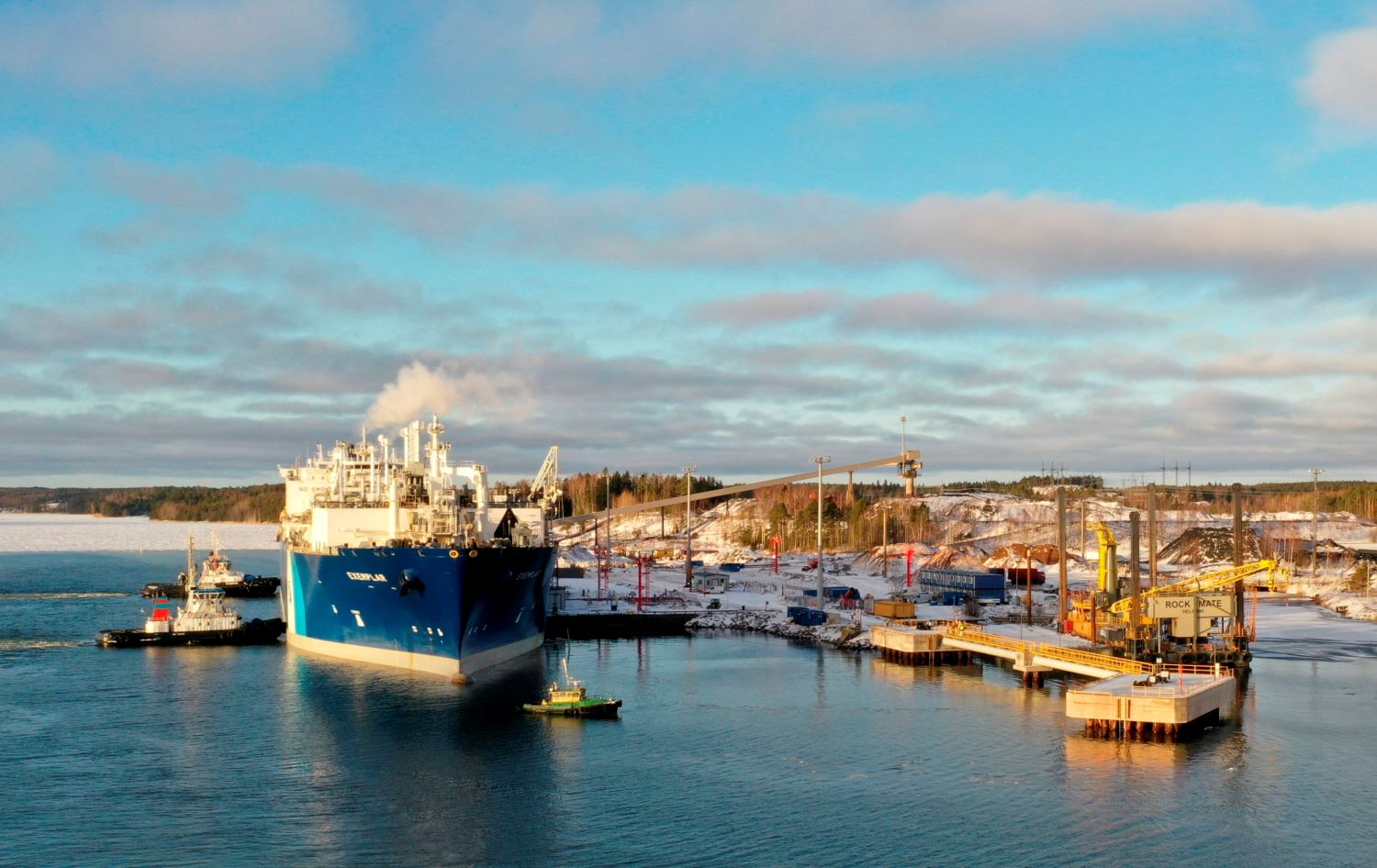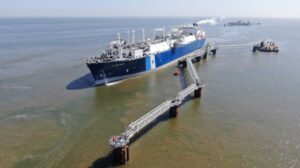Gasum procures large SEFE LNG cargo to Finland’s Inkoo FSRU terminal
Finnish energy company Gasum has delivered a cargo of liquefied natural gas (LNG), procured from Germany’s SEFE (Securing Energy for Europe), to the Inkoo floating storage regasification unit (FSRU).

The LNG cargo is approximately 800 GWh in size, and as already mentioned, it is supplied by SEFE, or more specifically, SEFE Marketing & Trading, a 100% subsidiary of SEFE. It comes from the U.S.
According to Gasum, this is the fourth large LNG cargo the company has delivered to the Inkoo FRSU since the Balticconnector gas pipeline between Finland and Estonia suffered a rupture and was shut down in early October.
Gasum said the company also delivered a smaller 100 GWh cargo with its own LNG vessel Coral Energy early January to Gasgrid to ensure system balancing and mitigating the risk of inadequate gas during the extraordinarily cold period.
“While the pipeline is being repaired, all Finnish natural gas demand must be met through imports of LNG,” Gasum stated.
In addition to this delivery, Gasum said the company has reserved another slot at the Inkoo FSRU for the latter part of the winter season, noting that these two cargoes will ensure that the company can meet the natural gas demand of its customers until spring 2024.
Jouni Liimatta, Head of Trading and Optimizing at Gasum, commented: “We have been working hard to secure supply of natural gas during the winter season to our customers, whose operations depend on a steady supply of gas.”
“The cold period has increased local gas demand and thus, we are very pleased that we were able to secure the required ice-classified LNG vessels for the winter season with the offer coming from SEFE Marketing & Trading Ltd. This transaction highlights the importance of a broad cooperation network in challenging situations.”
Related Article
-
Finland’s Inkoo FSRU receives second LNG cargo from Gasum after Balticconnector incident
Business Developments & Projects
To remind, Finland’s first FSRU-based terminal was launched in early 2023. When fully laden, it holds around 68,000 tons of LNG, which corresponds to around 1,050 GWh of energy.









